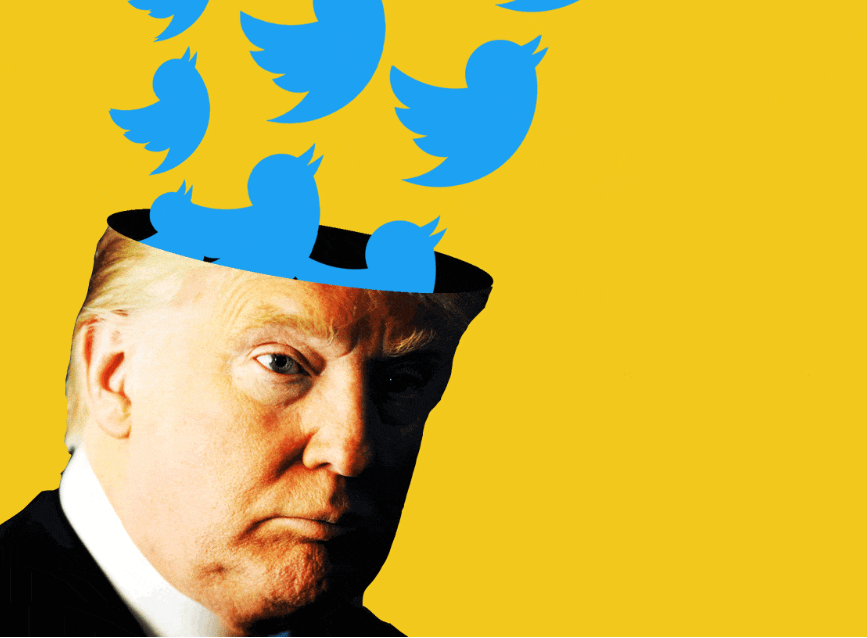Apr. 23 Update: President Trump just issued the executive order suspending immigration he tweeted about. See Trump Suspends Entry of Immigrants Who Are “Risk” to Labor Market.
So President Trump has announced on Twitter that he intends to issue an Executive Order that will “suspend immigration” in light of how COVID-19 has devastated the economy:

What does that mean? The most obvious answer is that we won’t know until the Executive Order is published. Trump says the Order may be signed as early as Wednesday, April 22.
But here are the signals the Trump administration has been sending out:
Trump said during his daily press conference that his order would initially “pause” immigration for 60 days, but that he might later extend it “based on economic conditions at the time.”
The reference to “suspending immigration” apparently refers to entering the country on the basis of means issuance of an “immigrant visa” at a U.S. Embassy or Consulate abroad. A person entering with an immigrant visa becomes a permanent resident upon admission by U.S. Customs and Border Protection.
The New York Times reports that the Order may not apply to all immigrants:
Officials said on Tuesday that American citizens seeking to bring their children or spouses to the United States would still be allowed to do so. But the path to living and working in the country legally would be blocked for other foreigners, including the relatives of current green card holders and those seeking green cards based on a job offer.
The President’s wording indicates that the Order will only suspend actual “immigration.” It will likely not suspend earlier stages of the immigration process. The immigration process usually begins by filing with U.S. Citizenship and Immigration Services (USCIS) one of the following petitions: Form I-130, Petition for Alien Relative; Form I-140, Immigrant Petition for Alien Worker; or Form I-526, Petition for Alien Entrepreneur. USCIS should continue to accept and process such petitions.
Further, Mr. Trump said that the Order “will not apply to those entering on a temporary basis.” This appears to mean that it will not block entry of “nonimmigrants,” meaning persons entering the U.S. for temporary periods, such as B1/B2 (visitors for pleasure or business), F (students), J (exchange visitors), H-1B (temporary worker), H-2A (farm laborers), L-1 (intracompany transferees), and others. Bloomberg reports that an early draft of the Order did cover suspend the entry of certain nonimmigrants, with exemptions for physicians, medical researchers, and farm workers.
Here’s my take about the scope of the impending Order:
- The term “immigration” generally refers to becoming a permanent resident, either through entering the U.S. with an immigrant visa issued by a U.S. Embassy or Consulate abroad or filing with USCIS a Form I-485, Application to Adjust Status. But there are no signs that Trump intends to stop the latter.
- The Order apparently will not impact persons who are already permanent residents, including conditional residents. Nor does it appear to impact processing of Forms I-751, Petitions to Remove Conditions on Residence.
And here’s my take on how the suspension will impact those covered by it:
- The State Department has already suspended routine visa services overseas in response to COVID-19, so very few immigrant visas were likely to be issued in the next 60 days, regardless of the impending Executive Order.
- Among persons already issued immigrant visas abroad but who have not entered the U.S., many were already blocked by the President’s Proclamations barring entry of most persons who have been in China, Europe, or Iran in the 2 weeks prior to seeking U.S. entry. A person who is unable to enter the U.S. before their immigrant visa expires may be eligible to apply for a new or replacement visa.
I’m going to refrain from editorializing here about how much I hate Trump’s announcements of policy by Twitter or how bad a policy decision this Order will be.
Our law firm will continue to monitor this issue, post updates to lawandborder.com, and counsel clients who may impacted. Subscribe to our Client Newsletter to get timely updates on important immigration news.


Leave a Reply